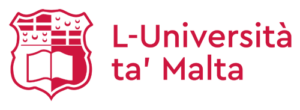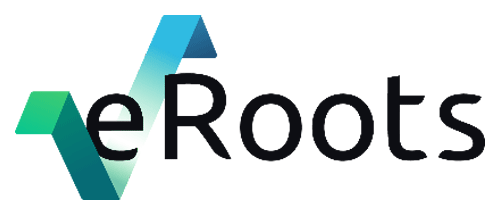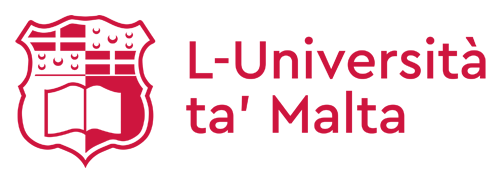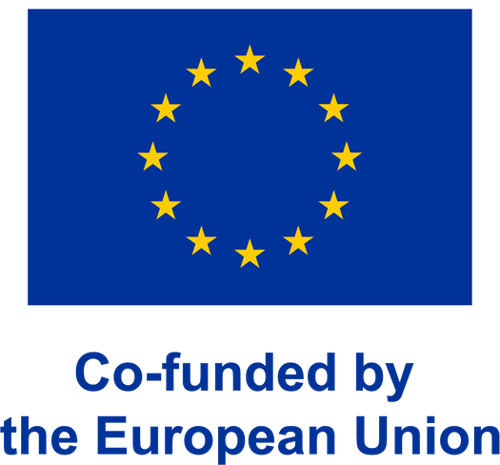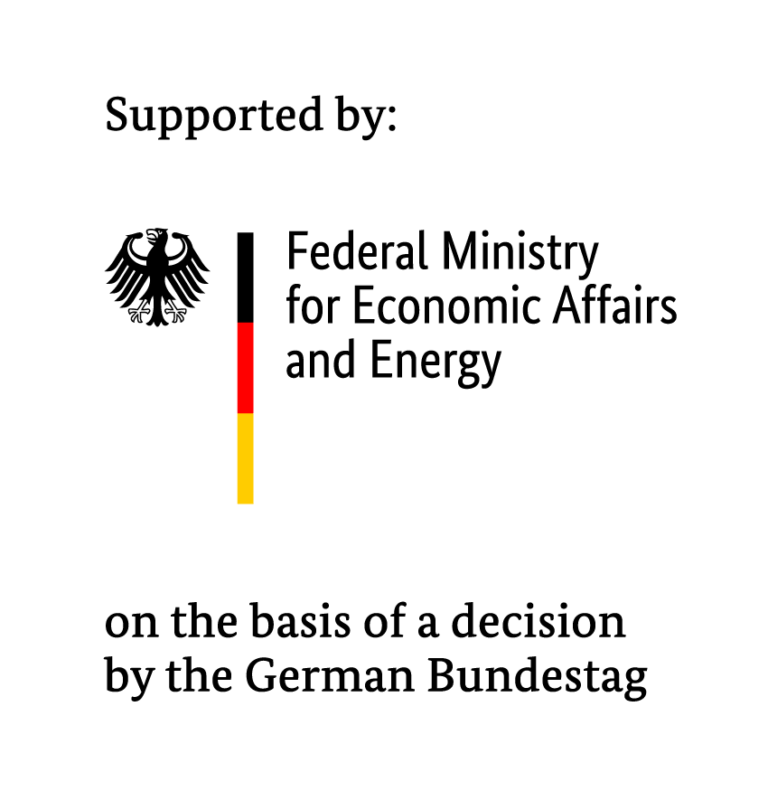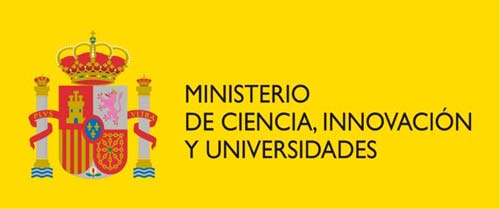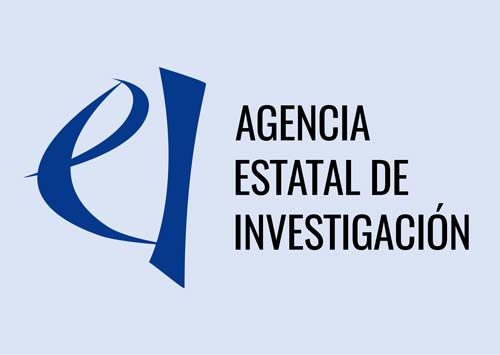Project facts
TenSyGrid will develop a toolbox with innovative stability analysis methods to facilitate the integration of 100 % renewable energy-based supply while maintaining a safe and stable operation of the power system.
Project Acronym
TenSyGrid
CETP Call Module
TRI1 – CM2023-02 Energy system flexibility: renewables production, storage and system integration
Grant
1.41 million €
Consortium
5 beneficiaries from 3 countries (Germany, Spain, and Malta)
Project Duration
36 months (12.2024-11.2027)
Coordinator
Fraunhofer IWES
This research was funded by CETPartnership, the Clean Energy Transition Partnership under the 2023 joint call for research proposals, co funded by the European Commission (GA 101 069750) and with the funding organizations detailed on https://cetpartnership.eu/funding-agencies-and-call-modules.
Project
Objectives
Main Objective: Developing a toolbox, called TenSyGrid Toolbox, with innovative direct-stability assessment methods to support decision makers, mainly network operators, during the real-time operation of large-scale power networks with 100 % renewable energies.

©eRoots Analytics
SO1: Obtaining a modeling framework for power systems with high penetration of power electronic devices that captures the relevant nonlinear dynamics.
SO2: Assist decision makers with real-time power system stability assessments under high penetration of renewable energy.
SO3: Overcome the lack of interpretability of black-box models from original equipment manufacturers hindering root-cause analysis.
SO4: Obtaining a modeling framework that is easily scalable to extremely large power systems and easily updatable to address ongoing structural changes in the power system network.
SO5: Developing tools that are compatible with existing commercial software packages and new methodologies that are easily accessible.
Consortium
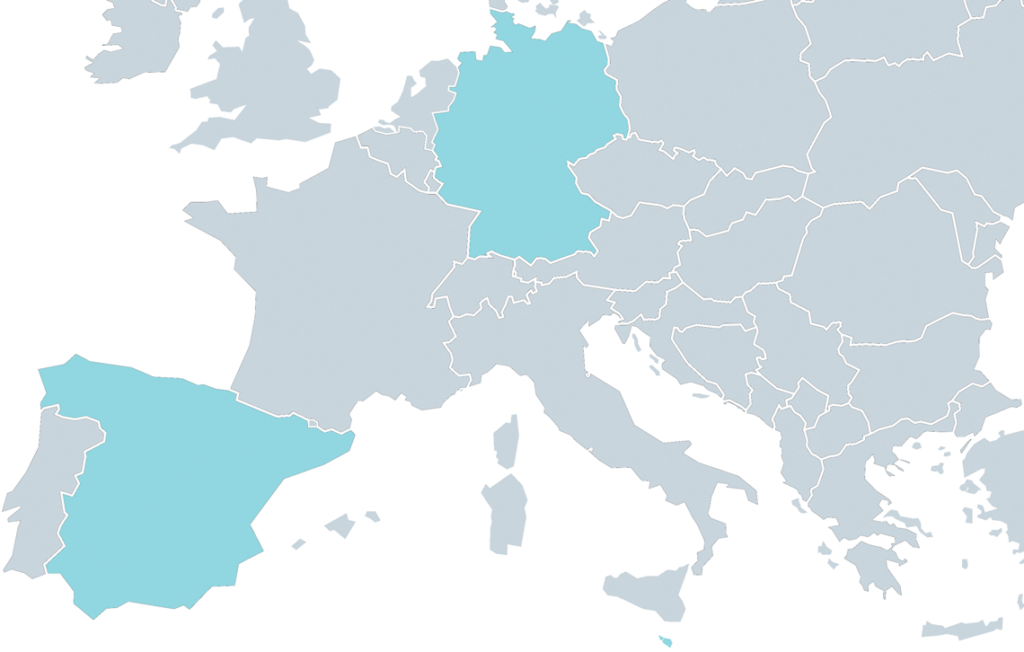
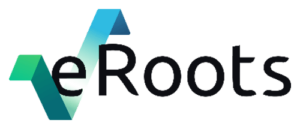
eRoots Analytics – eRoots
Carrer del Torrent d'En
Vidalet, 55, L1, Gracia,
08024 Barcelona, Spain

Hamburg University of Applied Sciences – HAW
Berliner Tor 5
20099 Hamburg
Germany

Universitat Politècnica de Catalunya - BarcelonaTech
Avenue Diagonal, 647
08028 Barcelona

Fraunhofer Institute for Wind Energy Systems -
Fraunhofer IWES (Coordinator)
Am Seedeich 45
27572 Bremerhaven
©Fraunhofer IWES
The Fraunhofer Institute for Wind Energy Systems IWES conducts application-oriented research for a sustainable future. The focus topics of the Fraunhofer IWES are offshore, hydrogen, test infrastructure and digitalization. The research work in these future-oriented key technologies plays a central role in the innovation process and strengthens the business location for the benefit of our society by transferring the research results to industry. More than 400 employees at nine locations are developing innovative methods to accelerate the expansion of the wind energy and hydrogen economy, minimize risks, and increase cost efficiency. The team Integration of Local Energy Systems (ILES) participating in TenSyGrid, has a special focus in developing new modelling and control techniques to enable the integration of local energy systems to the grid.
The Polytechnic University of Catalonia (UPC) is a public institution of research and higher education in the fields of engineering, architecture, sciences and technology, and one of the leading technical universities in Europe. The AC/DC grids and electric power conversion group of the research and technology transfer center CITCEA-UPC (co-led by Eduardo Prieto-Araujo) has wide experience in the analysis of modern power systems dominated by renewable generation and power electronics, which they acquired through their participation in several competitive and industrial projects.
eRoots is a spinoff company of CITCEA-UPC whose aim is to bring the ideas developed there to the market in the form of products. eRoots specializes in performing electrical studies for modern power grids, especially those with numerous converters. One of the other core activities of eRoots is the development of software for grid operators, that is, tools that are both useful for steady-state and dynamic analysis.
The Hamburg University of Applied Sciences (HAW Hamburg) is a higher education and applied research institution located in Hamburg, Germany. The expertise of Gerwald Lichtenberg’s team at the HAW Hamburg in multilinear modelling is unique in Europe, particularly for applications like controller design and fault diagnosis. Furthermore, they have developed a toolbox for multilinear time-invariant system modelling and controller design (MTI Toolbox). Up to now, the HAW has applied multilinear modelling techniques to small or medium size HVAC systems in various projects. Today, the HAW focuses on extending the multilinear modelling framework to large-scale systems as well as deeper analysis methods.
University of Malta (UM) is the leading higher education institution in Malta fostering academic research and a higher education setting in the arts, sciences and the humanities as required for Malta’s economic, social and cultural development. The UM TenSyGrid team lead by John Licari is actively involved in state‐of‐the‐art research in power systems, microgrids and smart grids, power electronic converters, renewable energy systems for grid integration, and energy storage and electric transportation.
WP1 – Hybrid Multilinear Modeling (lead by Fraunhofer IWES)
Extend the multilinear modeling class to hybrid implicit multilinear models with tensor representations which are composable and decomposable.
Develop system analysis tools for hybrid implicit multilinear models to enable stability analysis of power systems.
WP2 – Multilinear System Identification (lead by HAW Hamburg)
Develop methods for the multilinearization of general nonlinear models and system identification for hybrid implicit multilinear models.
Develop detection and update methods for parameter and structural model changes
WP3 – Power System Components (lead by eRoots)
Develop multilinear models for relevant power system components.
Validate the developed models and ensure that they capture all relevant non-linearities.
WP4 – TenSyGrid Toolbox Development (lead by UPC)
Develop the TenSyGrid Toolbox for real-time stability assessment of converter-dominated power grids.
Address scalability, accuracy, and compatibility with existing power system software.
Enable decision-making for grid operators to manage 100% renewable energy systems.
WP5 – Demonstration and Commercial Feasibility (lead by UM)
Demonstrate the performance and compatibility of the TenSyGrid Toolbox with other commercial software.
Test TenSyGrid Toolbox functionality in real-world grid examples
WP6 – Reporting and Knowledge Community (lead by Fraunhofer IWES)
Periodic reporting on the project and Participation in working groups
Contribution to the knowledge community in the framework of CETPartnership
WP7 – Management and Dissemination (lead by Fraunhofer IWES)
Coordinate the scientific work of the partners, monitor progress, check potential risks, and eventually implement mitigation actions, safeguard the quality of deliverables and reports.
Develop a comprehensive communication, dissemination, and exploitation strategy

